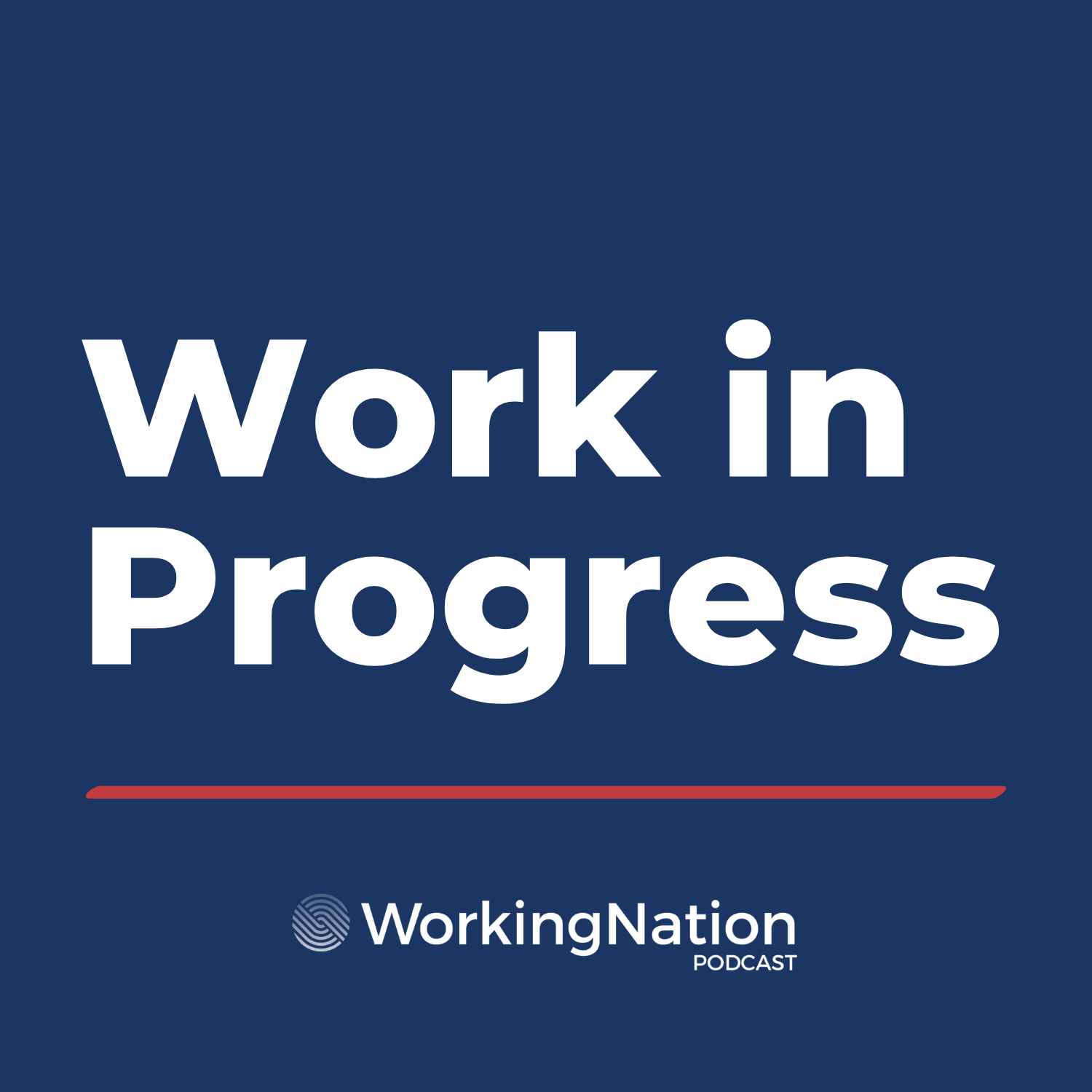‘Occupational segregation’ puts many women in the workforce on uneven economic footing
Description
In this episode of the Work in Progress podcast, Gayle Goldin, deputy director for the Women’s Bureau at the U.S. Department of Labor, joins me to talk about some of the longstanding barriers to good-paying jobs facing some women in the workforce today, and what is being done to fix the problems.
Women are a critical part of the U.S. labor force and contribute significantly to their families' economic security and the U.S. economy, filling half of all jobs in the country. But women continue to experience longstanding disparities in the labor force – overrepresentation in certain lower-paying jobs, underrepresentation in other higher-paying ones.
When the pandemic hit, women, particularly women of color, were overrepresented in the sectors of the economy suffering the largest job losses – retail, hospitality, and education. Also, many women found it too hard to continue to work with the pandemic’s additional impact of closed schools, lack of childcare, and fear of illness.
According to Goldin, "The women's labor force jobs often tie to care and service jobs and are undervalued. You're a hotel worker. You're a restaurant worker. You are in the care economies, providing child care or elder care. We also see that the jobs are at the lowest end of the pay scale, around minimum wage. They're not paid as much as higher-paid, predominantly male-dominated jobs. That's where we see that real disparity."
While the number of women in the workforce has returned to pre-pandemic levels, that doesn't mean the playing field is level, according to Goldin.
"We lost ground because of COVID. We still feel the reverberations of that a little bit. There certainly still is a gender wage gap," she tells me in the podcast. "One of the things that we look at when we talk about the gender wage gap is what kind of jobs women are in – economists call this 'occupational segregation.'"
She uses the example of skilled trade jobs. "Women only make up 4% of the skilled trades. Yet, particularly in those unionized jobs, those are pretty high-paying jobs, with good job quality. We want to make sure we're finding pathways for women to both improve the quality of the jobs that they have, and new paths for women to enter into careers that are traditionally higher paying."
What does this mean in dollars and cents?
Here are the numbers from the Women's Bureau for 2020, the latest year with full data comparing the media wages of women who work full-time, year-round to the wages of men who worked full-time, year-round:
"All women were paid, on average, 83% of what men were paid. Or put another way, women were paid 83 cents to every dollar paid to men.
Many women of color were paid even less. For example, Black women were paid 64%, and Hispanic women (of any race) were paid 57% of what white non-Hispanic men were paid."
Goldin and I discuss what the federal government is doing to encourage and support creation of those new paths to higher-paying careers and to address the need to provide supportive services to women for child care and elder care and for paid leave. She says these are important issues for women, their families, and the U.S. economy.
"The good news is women are back in the workforce, back up to the pre-pandemic levels. We have seen some growth in the amount of women with (young) children being able to enter the workforce, and that's great too. And we need to keep going with the policy change that we need to see, so that we get the strongest economic growth that we can get."
You can listen to the podcast here, or download and listen wherever you get your podcasts...
More Episodes
In the final episode of the Work in Progress podcast series The Manufacturing Comeback, we look at how employers are recruiting and training veterans and women to fill jobs in the manufacturing industry.
Employers Anticipate a Surge in Hiring in Manufacturing
On my recent trip to...
Published 11/26/24
Published 11/19/24
This is Episode Two of The Manufacturing Comeback, a three-part Work in Progress podcast series. The series takes you inside the surge in hiring in the manufacturing industry. In this episode, we look at how small manufacturers are recruiting and training workers.
Small Companies are...
Published 11/19/24


